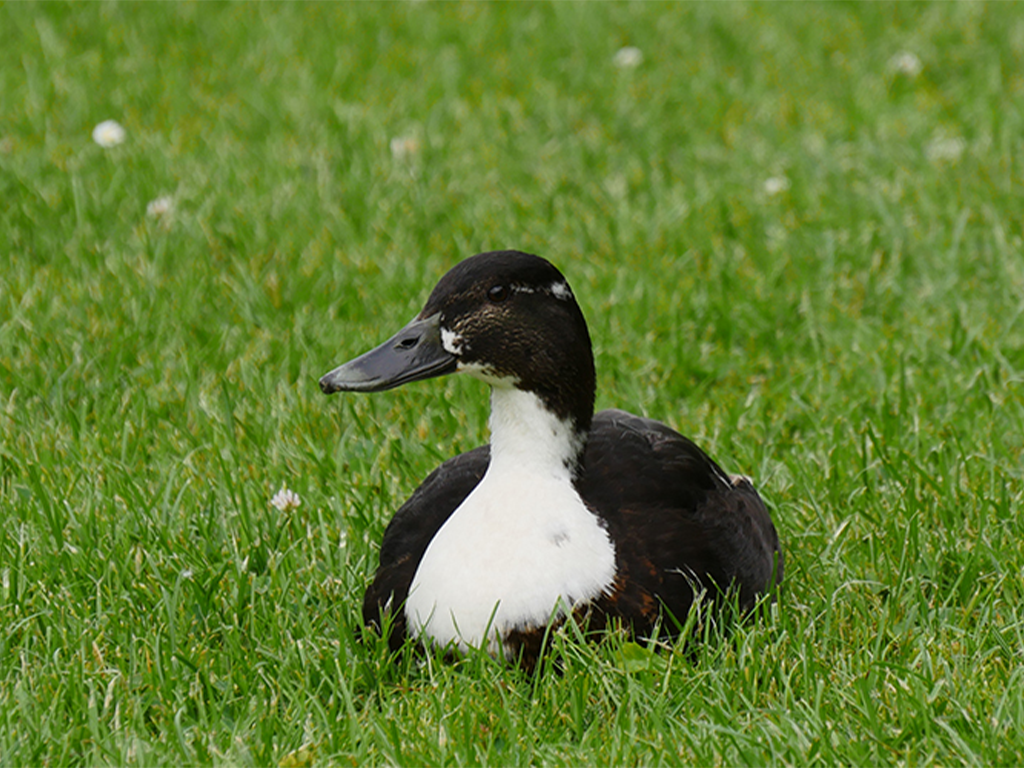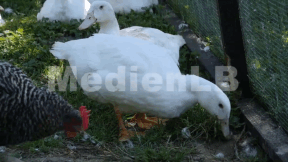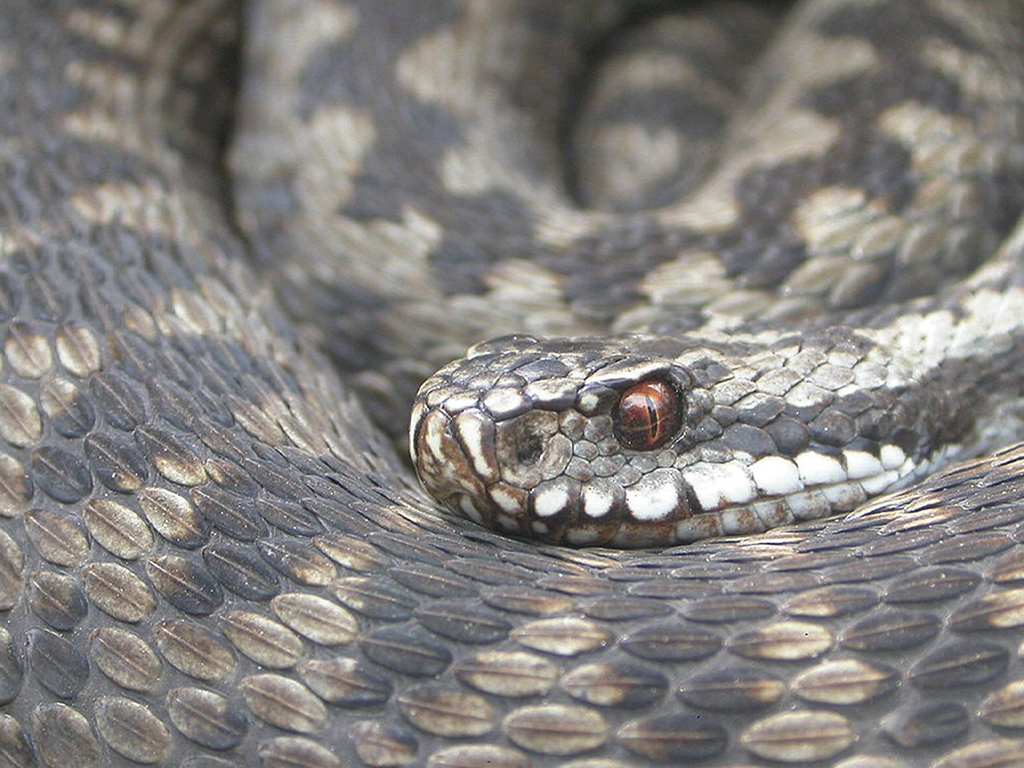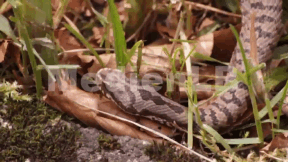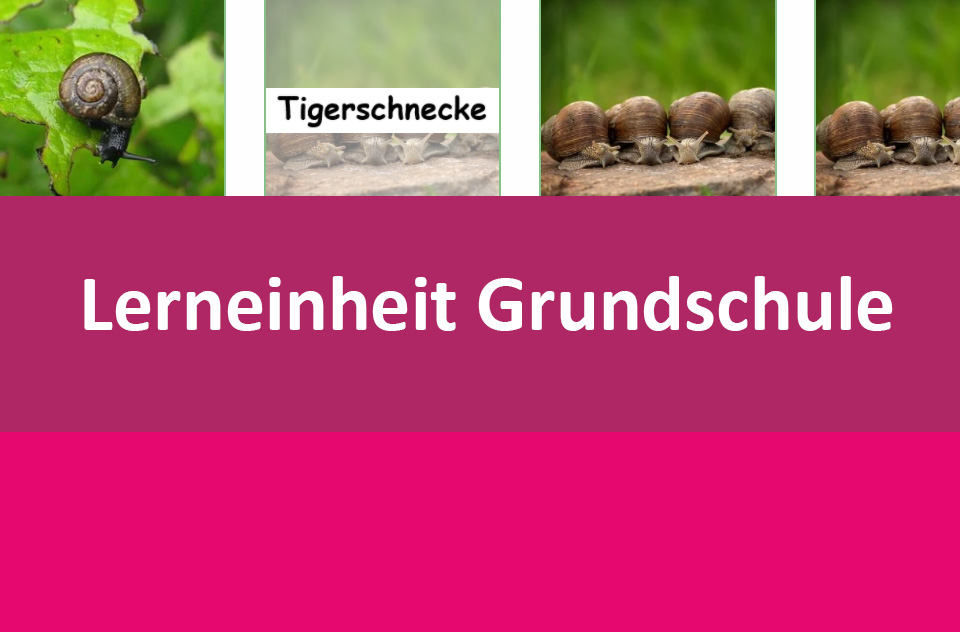
55502914
Schnecken
In 10 interaktiven Aufgaben und Videos wird Wissen zu verschiedenen Schneckenarten vermittelt und abgefragt.
Das Medium bietet H5P-Aufgaben an, die ohne zusätzliche Software verwendbar sind.
Durch interaktive Aufgabentypen wird das audiovisuelle und interaktive Lernen einfach.
Lernen macht jetzt Spaß!
Included Tasks
- I Die Schnecke - Einführung - Aufgabe mit Video
- II Die Schnecke - Finde die Wörter
- III Die Schnecke - Finde die Bildpaare
- IV Die Schnecke - Häufige Gehäuseschneckenarten - Aufgabe mit Video
- V Die Schnecke - Häufige Nacktschneckenarten - Aufgabe mit Video
- VI Die Schnecke - Ökologische Bedeutung - Aufgabe mit Video
- VII Die Schnecke - Körpermerkmale - Aufgabe mit Video
- VIII Die Schnecke - Männchen oder Weibchen? - Aufgabe mit Video
- IX Die Schnecke - Wasserschnecken - Aufgabe mit Video
- X Die Schnecke - Verwandte der Schnecken - Aufgabe mit Video
Curriculum-centred and oriented towards educational standards
Matching
Catholic and Protestant Baptism
As an important ritual of the Christian faith, baptism is closely connected with the traditional stories of the prophet John the Baptist, who is said to have lived in Jesus’ lifetime. John baptised people in the River Jordan, located at the present-day border between Israel and Jordan in the Middle East. Baptism and water were symbols of people’s confession of past sins and return to the right track in life. One day, Jesus and some of his disciples are said to have come to John to have themselves baptised.
Ducks
Ducks are our best-known water birds. You can watch them on almost any large body of water. Although we come across them frequently, most of us know very little about the lives of ducks. But it is worth our while to look at them more closely.






